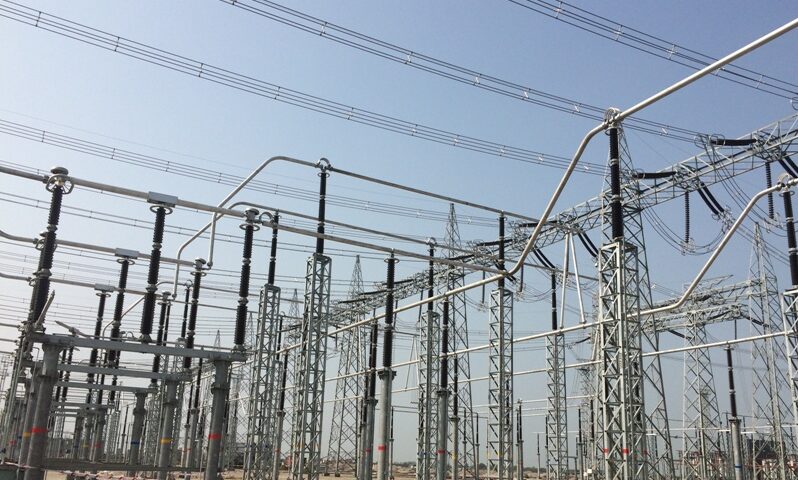In the first week of August, Power Grid Corporation of India Ltd (PGCIL) announced that it commissioned its first-ever intrastate project in the TBCB (tariff-based competitive bidding) route. The project in question was the Jawaharpur-Firozabad transmission schemes in Uttar Pradesh.
This development is very significant for the universe of intrastate transmission grids. States will definitely benefit from the humungous experience and project implementation skills of an enterprise of PGCIL’s stature. It is also heartening to note that Uttar Pradesh has been at the forefront in deploying the TBCB route to develop its intrastate grid. More states should embrace the TBCB philosophy. Progressive states like Gujarat and Maharashtra have so far desisted from the TBCB route; this attitude needs reversal.
Coming back to PGCIL, it has in the past tried to lend support to states like Bihar and Odisha, in ramping up their inadequate power transmission network, by forming joint ventures. While the Bihar JV is making some progress, the one with Odisha has failed to take off.
In a recent investor conference, PGCIL CMD, K. Sreekant, also expressed PGCIL’s intent on collaborating with state utilities. This is indeed a welcome move. PGCIL seeks to capitalize on the Rs.3-trillion “Revamped Distribution Scheme” that received Union Cabinet clearance on June 30, 2021. Out of the total outlay, roughly Rs.1 trillion will be Gross Budgetary Support (GBS) while the remaining Rs.2 trillion will need to be raised by state utilities.
PGCIL is sitting on a huge cash pile after having sold off some of its best-performing TBCB assets to the newly-formed infrastructure investment trust (InvIT). PGCIL can therefore look at equity or quassi-equity options to partner state utilities in various power distribution projects, including smart metering. Incidentally, smart metering has a generous outlay for smart metering.
Independently, a high-level committee is looking at the possibility of treating the 33kV network of state utilities as “transmission” assets rather than “distribution” assets as is the case now. Once 33kV infrastructure moves from the discom to the transco, the responsibility of its upgrade will fall on transcos, which are financially better off than discoms.
If transcos seek private enterprise through the TBCB route, it will do a lot of good to 33kV infrastructure. Once again, the involvement of PGCIL in intrastate projects (as was the case with UP, discussed above) will benefit not just the transmission grid but also the sub-transmission/distribution grid, once 33kV infrastructure goes to the transcos.
PGCIL has done exceptionally well in the interstate/interregional transmission network, under the TBCB route. Besides, it has also been bagging strategic national-level projects under the RTM (regulated tariff mechanism) mode. It may be mentioned that all the five interstate TBCB projects awarded in 2021 so far, have all gone to PGCIL. The Central PSU has clear market leadership in the TBCB space, even on a cumulative basis.
Also read: TBCB projects see welcome revival after year-long hiatus
India has a number of states where the transmission grid is woefully inadequate. Widespread development of interregional and interstate lines will be practically useful only when supported by the downstream intrastate grid. More states going in for private participation, and PGCIL getting into the intrastate network can provide the much-needed impetus to shore up the adequacy of intrastate grids.
PGCIL’s inclination to support state utilities is a thought in the right direction.
(The author of this article, Venugopal Pillai, is Editor, T&D India, and may be reached on venugopal.pillai@tndindia.com. Views expressed here are personal.)

